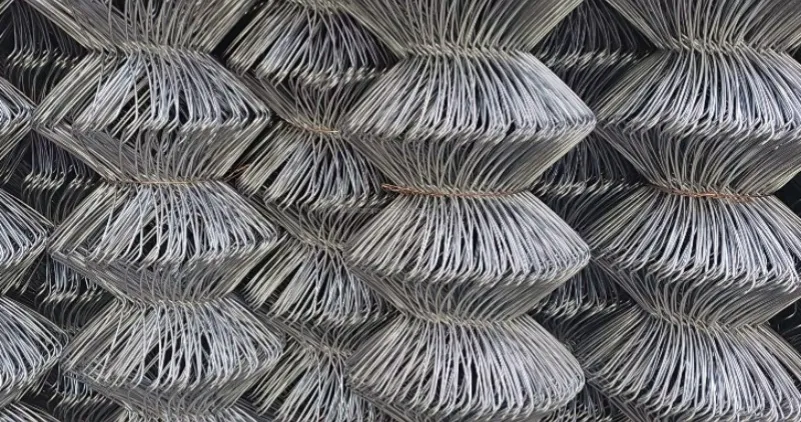-
 Phone:
Phone: -
 Email:
Email:

rockfall protection netting
Rockfall Protection Netting An Essential Safety Measure
Rockfalls pose a significant risk to infrastructure, human life, and the environment in areas prone to geological instability. As natural phenomena, rockfalls can occur due to various factors, including weather changes, geological composition, and human activities. To mitigate the risks associated with rockfalls, engineers and safety experts have developed multiple solutions, one of the most effective being rockfall protection netting.
Understanding Rockfall Protection Netting
Rockfall protection netting is a proactive safety measure designed to capture and contain falling rocks before they have the chance to cause damage. These nets are made from high-tensile strength materials, capable of withstanding significant impacts and forces generated during a rockfall. Rockfall netting can be implemented in various terrains, including mountainous regions, steep slopes, and even along highways where rockfall hazards are prevalent.
Types of Rockfall Protection Netting
There are multiple types of rockfall protection netting systems, each suited for specific environmental conditions and levels of risk.
1. Flexible Netting This type consists of woven wire mesh that can absorb the energy of falling rocks. Flexible netting is particularly effective in areas where the potential for rockfall is moderate and can be arranged in various configurations depending on the landscape.
2. Semi-Rigid Systems These are a hybrid of flexible netting and more rigid structures. Semi-rigid systems incorporate netting with supporting structures to provide additional stability and strength. They are ideal for areas where larger rocks are likely to fall.
3. Rigid Barriers In more extreme situations, such as high-traffic areas where rockfall hazards are severe, rigid barriers may be employed. These barriers stop the rocks completely and are usually made from reinforced concrete or steel.
Installation and Maintenance
rockfall protection netting

The installation of rockfall protection netting involves a meticulous process. Engineers conduct thorough site assessments to determine the potential rockfall size, frequency, and consequences. Based on these assessments, they can design a netting system that effectively mitigates the identified risks.
Once installed, maintenance is critical for ensuring the continued effectiveness of the netting. Regular inspections are conducted to check for wear, tear, and any other signs of damage. Prompt repairs are essential to ensure the system remains intact and functional.
Benefits of Rockfall Protection Netting
There are numerous advantages to implementing rockfall protection netting
- Safety The most significant benefit is the increased safety for both people and infrastructure. By containing rockfall events, the netting protects roads, buildings, and active construction sites.
- Reduced Repair Costs By preventing rockfalls, businesses and municipalities can save substantial amounts of money that would otherwise be spent on repairs and damages.
- Environmental Protection Rockfalls can have deleterious effects on local ecosystems. By using protective netting, engineers can minimize the disturbance to flora and fauna that might occur during a rockfall event.
- Versatility Rockfall protection netting can be applied to a variety of landscapes, making it a versatile solution that can be tailored to specific situations.
Conclusion
As climate change continues to alter weather patterns and geological stability worldwide, the importance of rockfall protection will only grow. Rockfall protection netting serves as a reliable and efficient way to deal with these natural hazards. Through careful design, installation, and maintenance, this system provides a robust solution to protect both human life and infrastructure. With continued advancements in materials and engineering techniques, the future of rockfall protection looks promising, making our roads, buildings, and natural landscapes safer for everyone. As we advance in understanding the complex interplay between geology and human activity, the use of rockfall protection netting stands out as a critical measure in safeguarding our environment.
-
Wire Mesh for Every Need: A Practical SolutionNewsJul.25,2025
-
Steel Fences: Durable, Secure, and Stylish OptionsNewsJul.25,2025
-
Roll Top Fencing: A Smart Solution for Safety and SecurityNewsJul.25,2025
-
Cattle Farm Fencing Solutions for Maximum SecurityNewsJul.25,2025
-
Affordable Iron Binding Wire SolutionsNewsJul.25,2025
-
Affordable Galvanized Wire SolutionsNewsJul.25,2025
-
Wire Hanger Recycling IdeasNewsJul.25,2025








